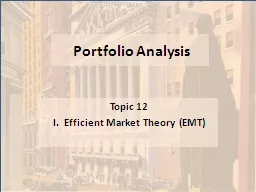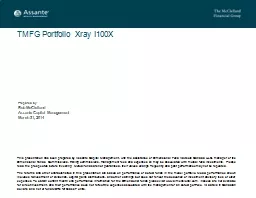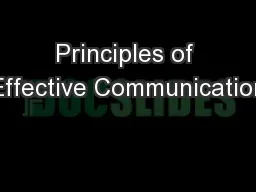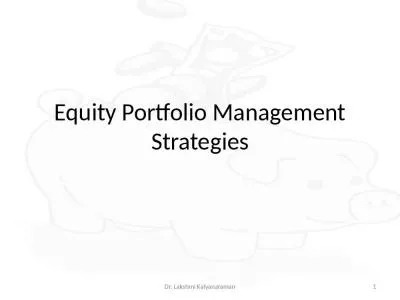PPT-Principles of Effective Portfolio Management
Author : test | Published Date : 2018-10-06
George D Starr Sr Director PPM Practice CA Welcome George D Starr is a Sr Director at CA in the Project and Portfolio Management services practice In his career
Presentation Embed Code
Download Presentation
Download Presentation The PPT/PDF document "Principles of Effective Portfolio Manage..." is the property of its rightful owner. Permission is granted to download and print the materials on this website for personal, non-commercial use only, and to display it on your personal computer provided you do not modify the materials and that you retain all copyright notices contained in the materials. By downloading content from our website, you accept the terms of this agreement.
Principles of Effective Portfolio Management: Transcript
Download Rules Of Document
"Principles of Effective Portfolio Management"The content belongs to its owner. You may download and print it for personal use, without modification, and keep all copyright notices. By downloading, you agree to these terms.
Related Documents














